 |
200@77
|
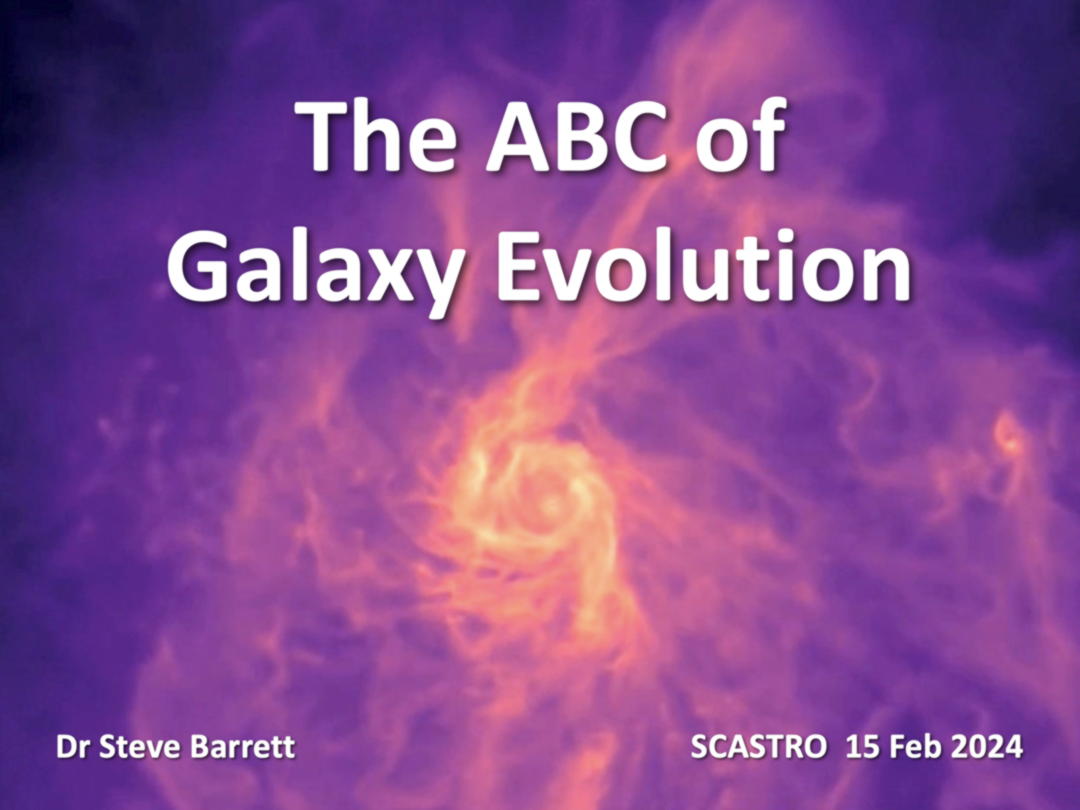 |
ABC of Galaxy Evolution
|
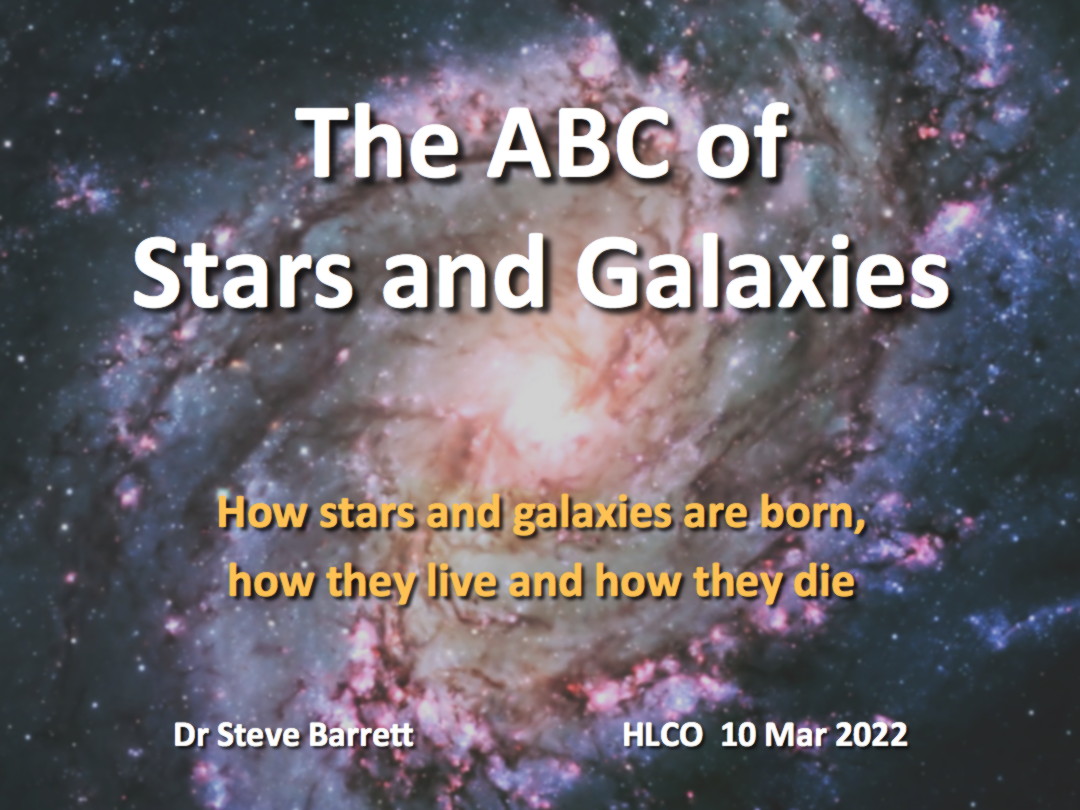 |
ABC of Stars and Galaxies *
|
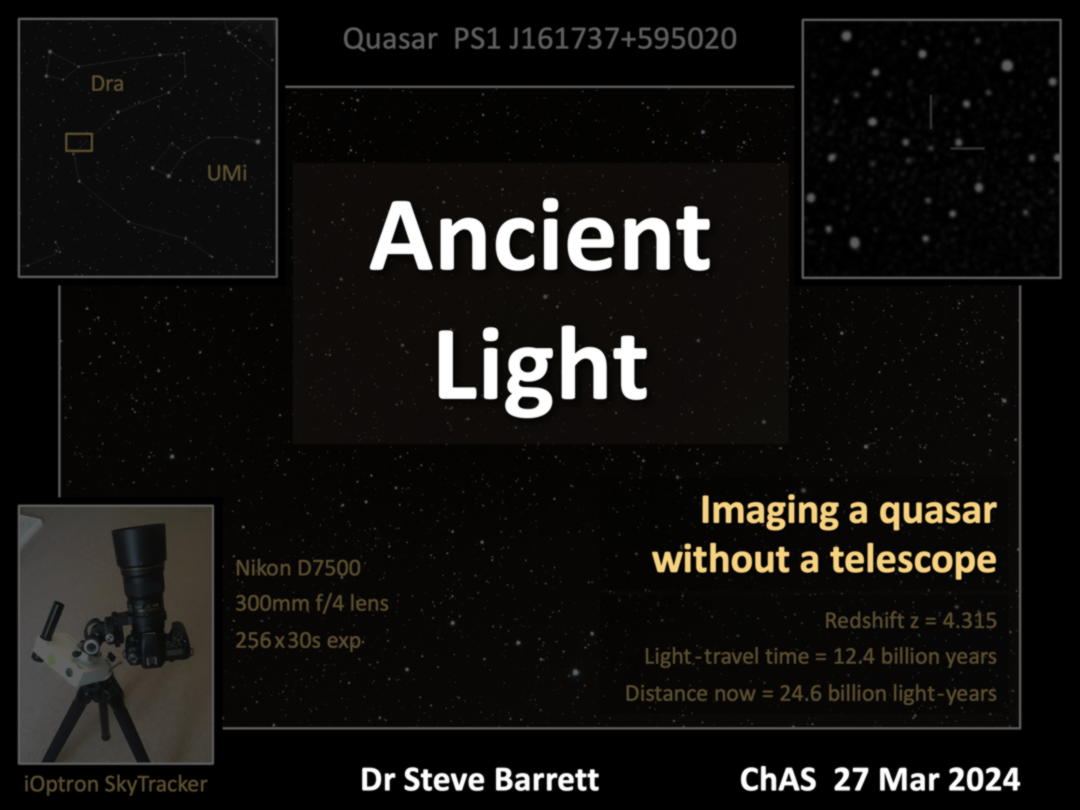 |
Ancient Light *
|
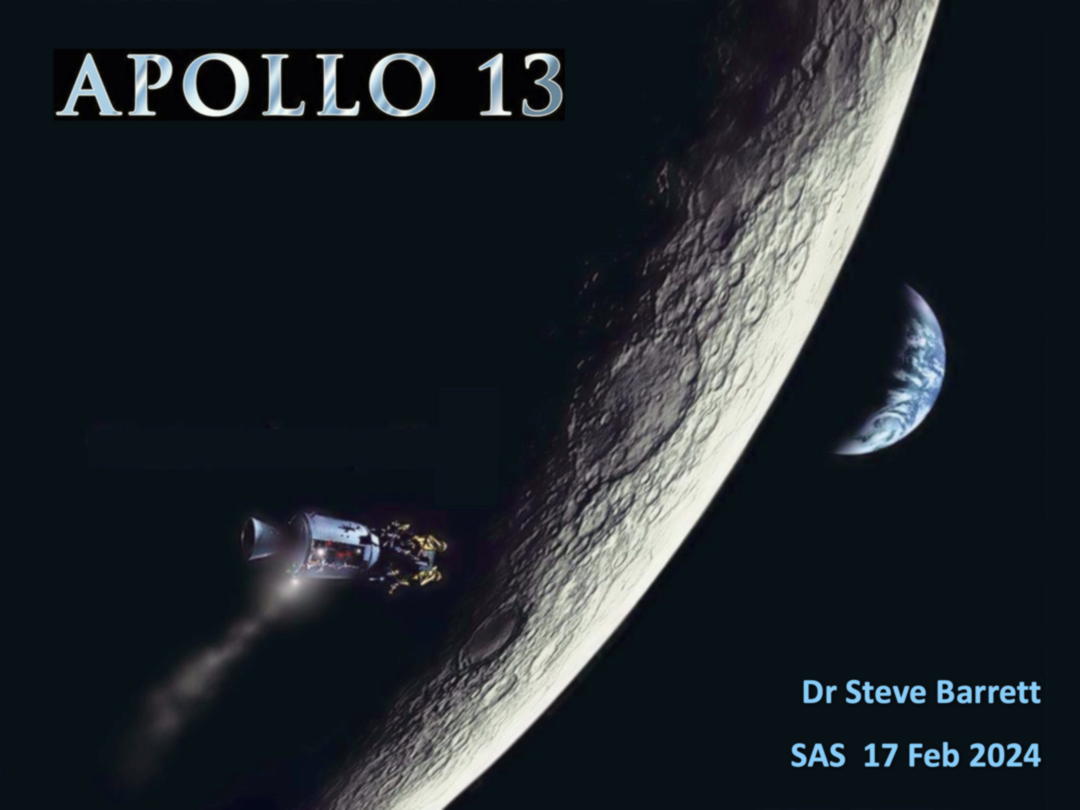 |
Apollo 13 *
|
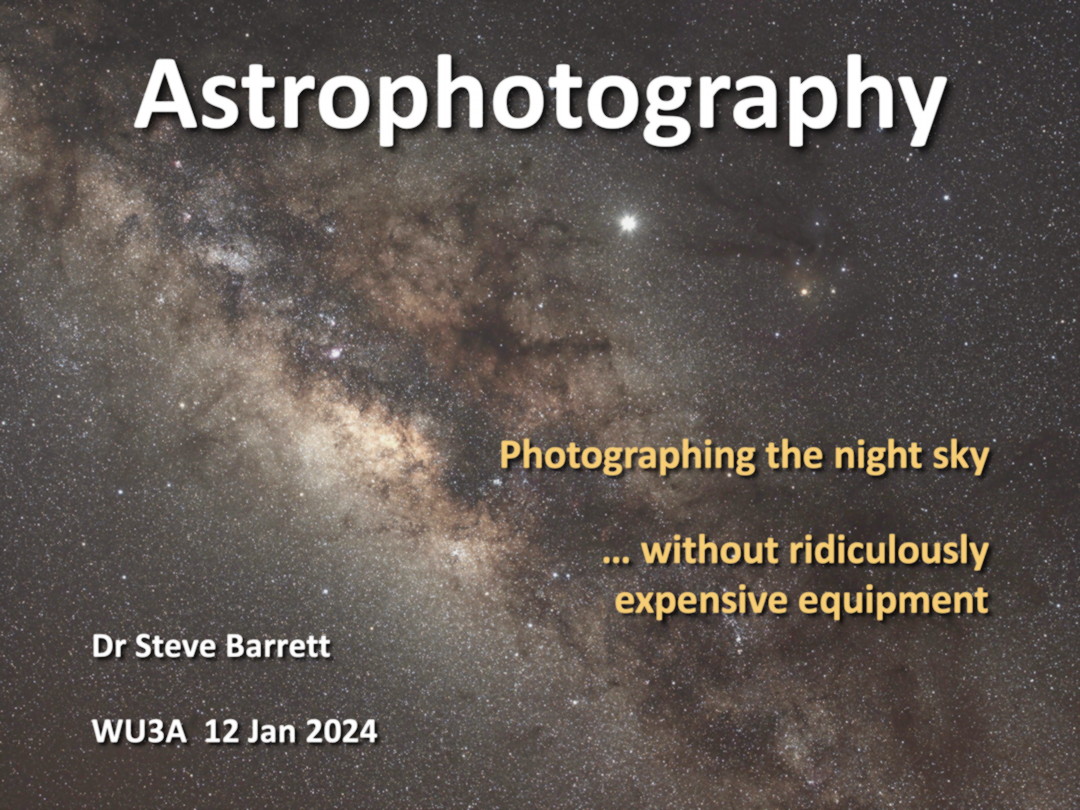 |
Astrophotography
|
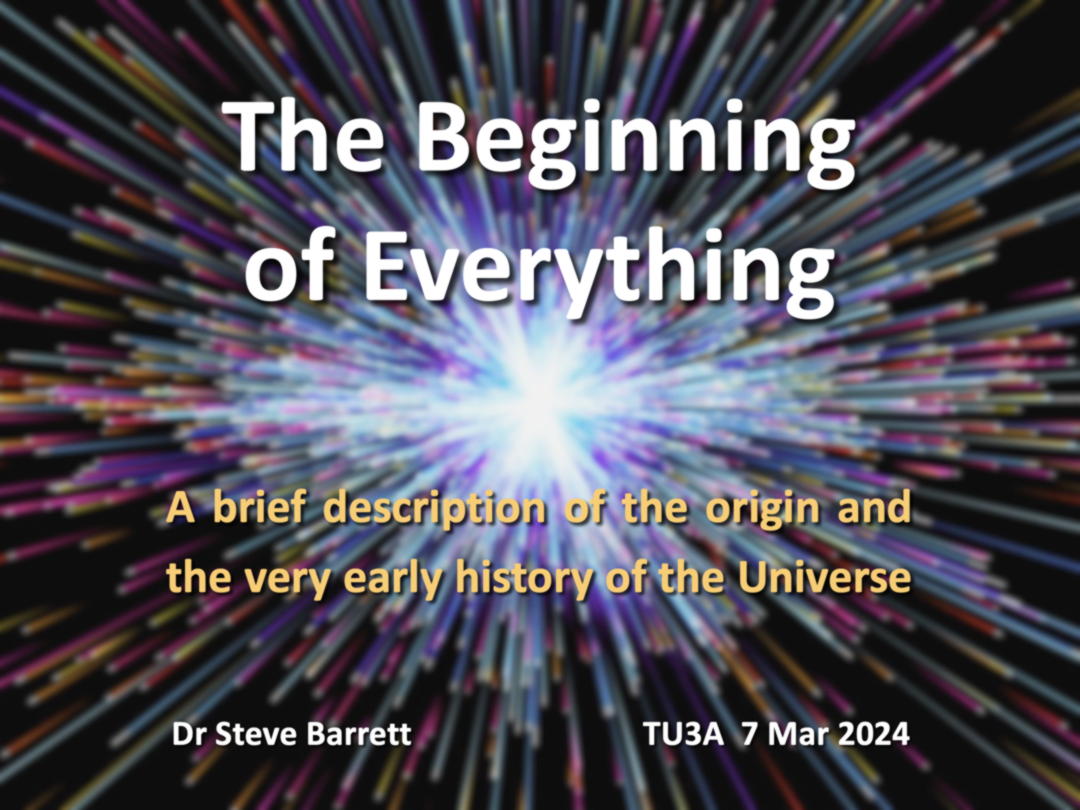 |
Beginning of Everything
|
 |
Building a Cloud Chamber *
|
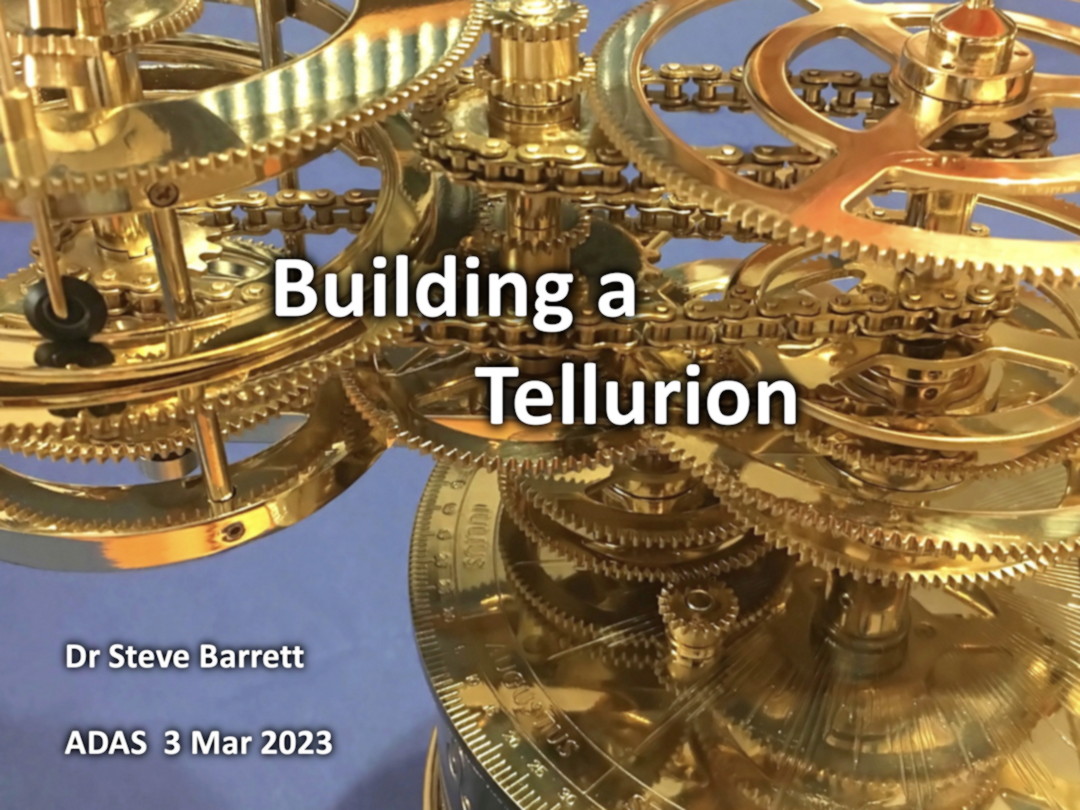 |
Building a Tellurion *
|
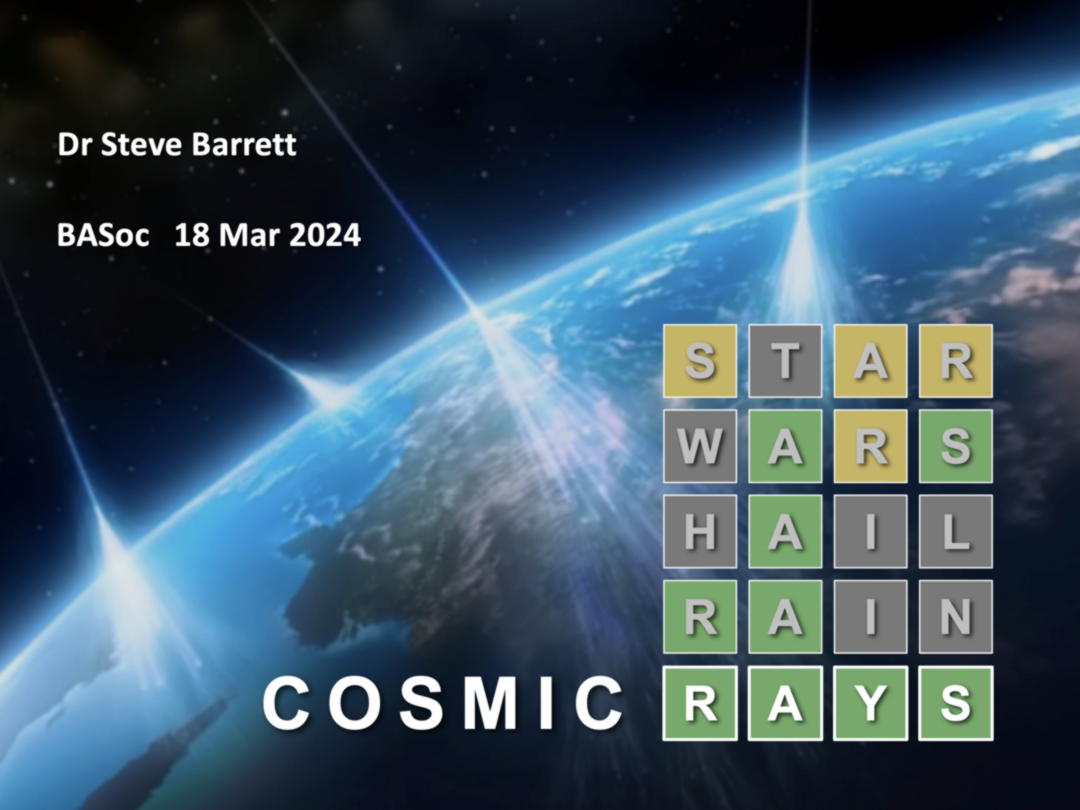 |
Cosmic Rays
|
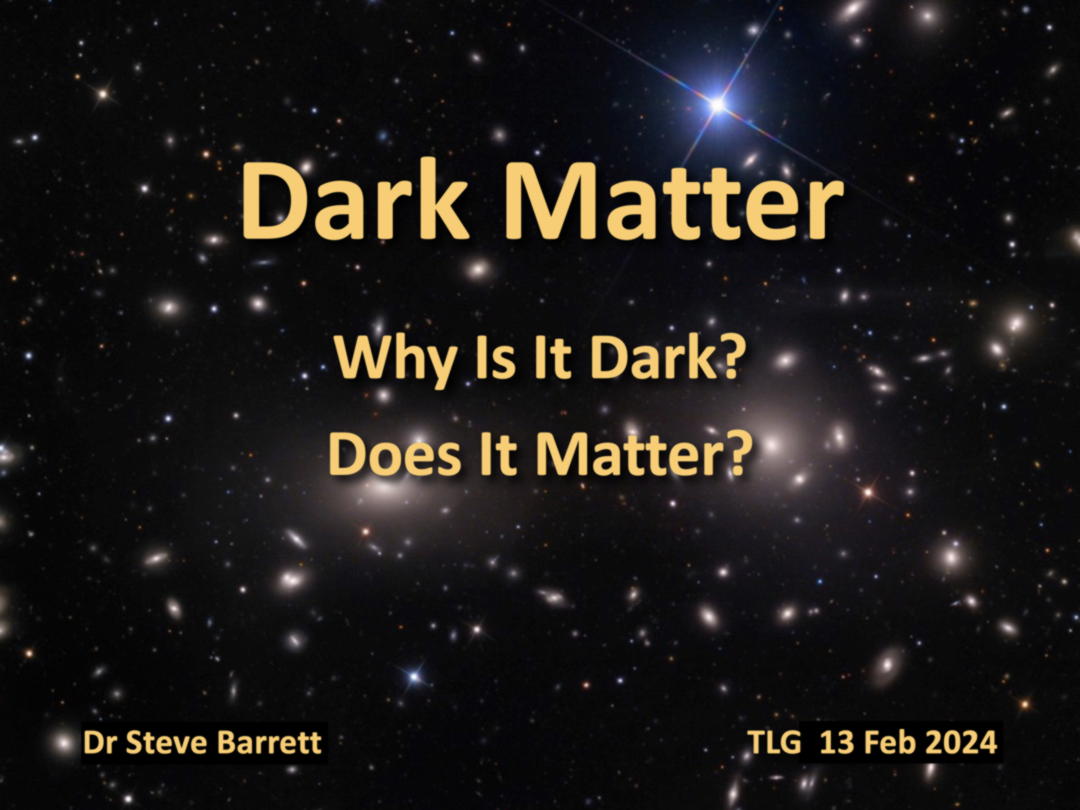 |
Dark Matter
|
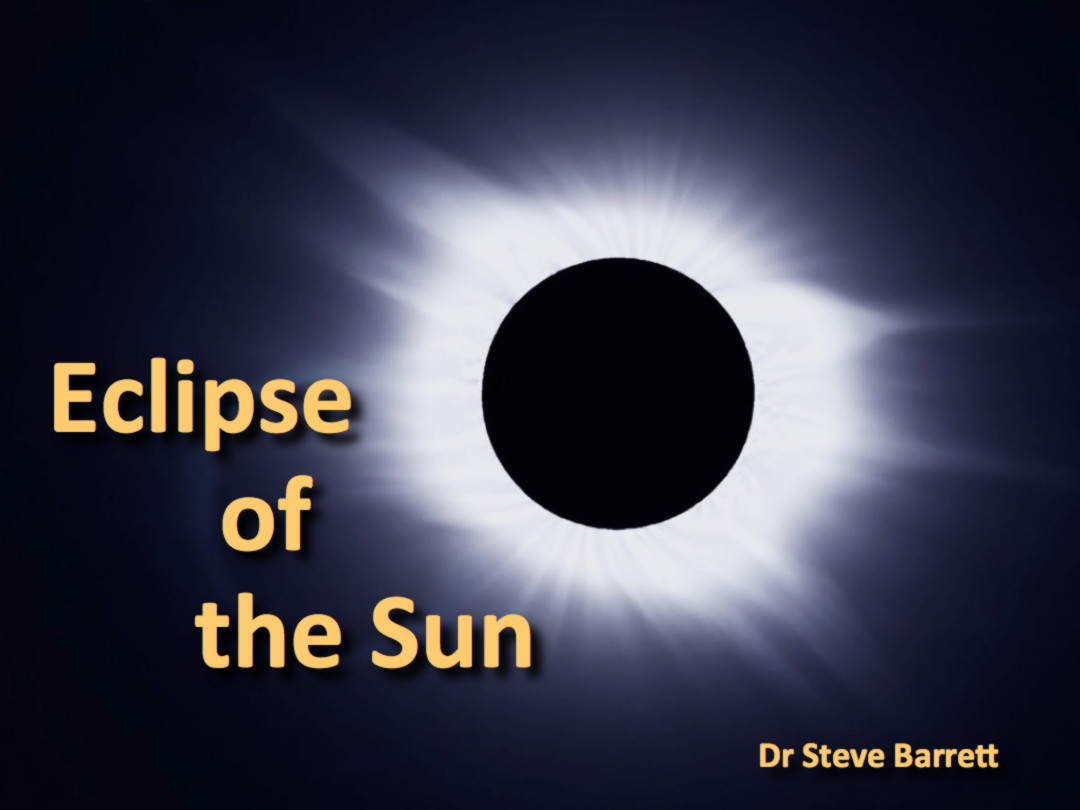 |
Eclipse of the Sun
|
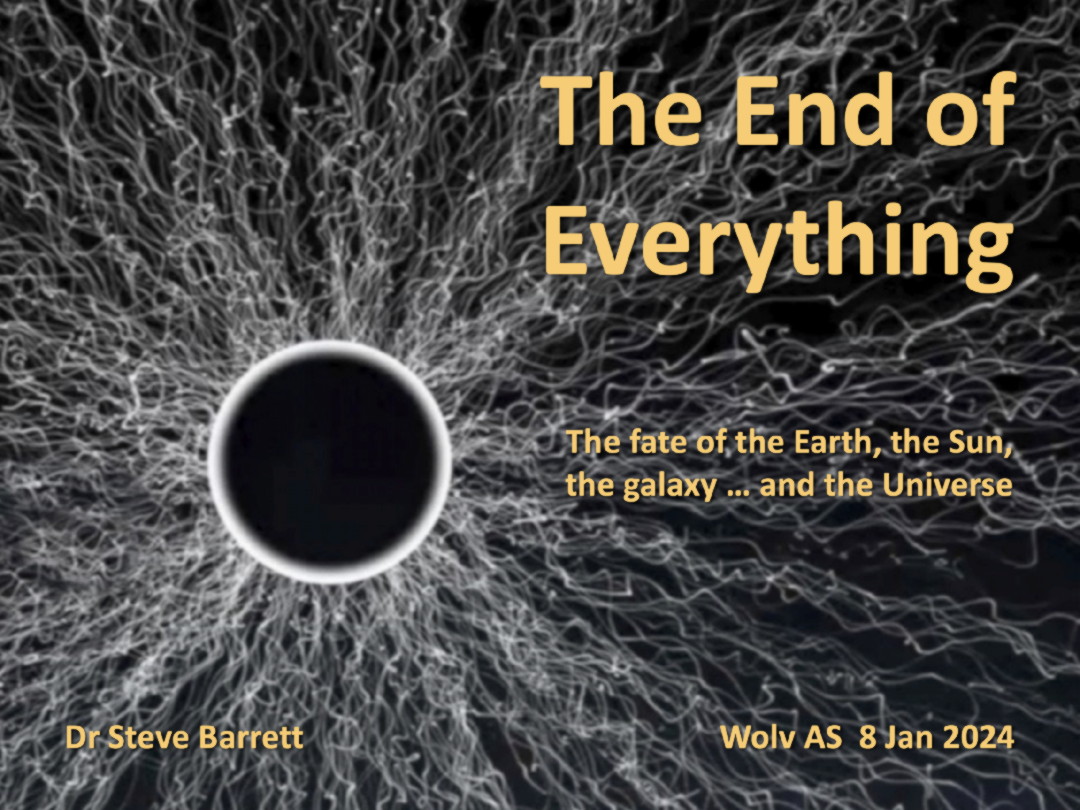 |
End of Everything
|
 |
Exploring the Solar System – Robots on Mars *
|
 |
Exploring the Solar System II – Spacecraft *
|
 |
Exploring the Solar System III – Telescopes *
|
 |
Exploring the Solar System IV – Exoplanets *
|
 |
Exploring the Solar System V – Solar Max *
|
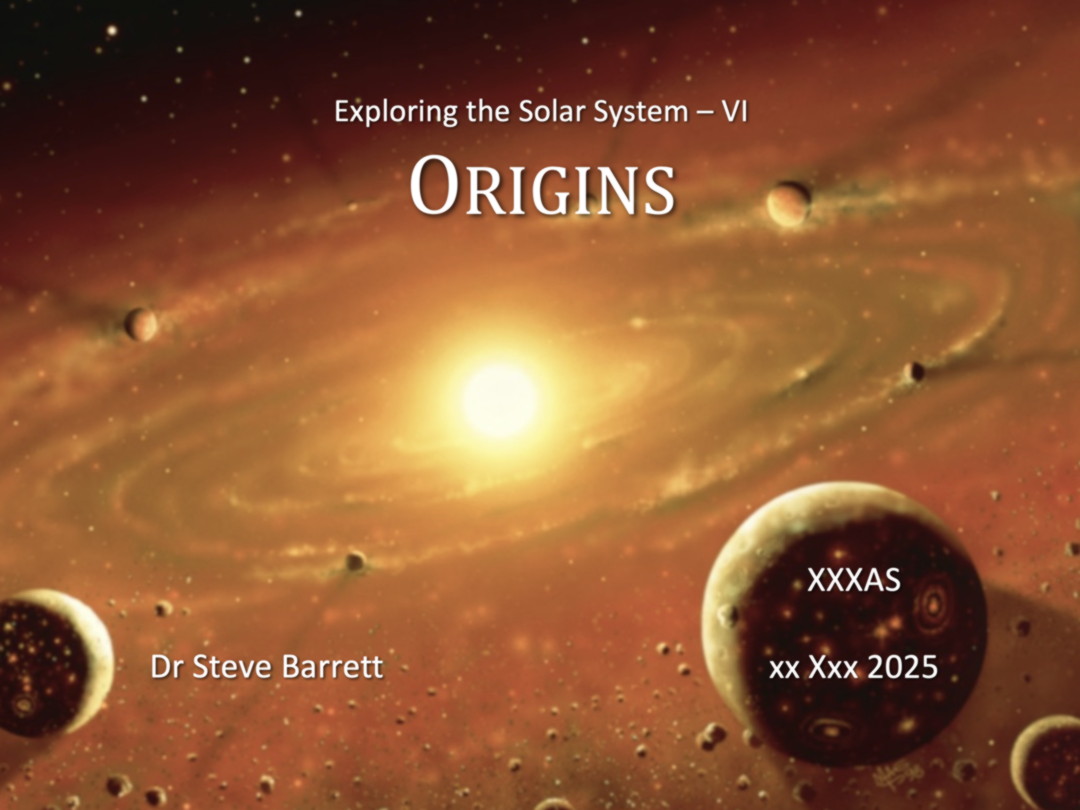 |
Exploring the Solar System VI – Origins *
|
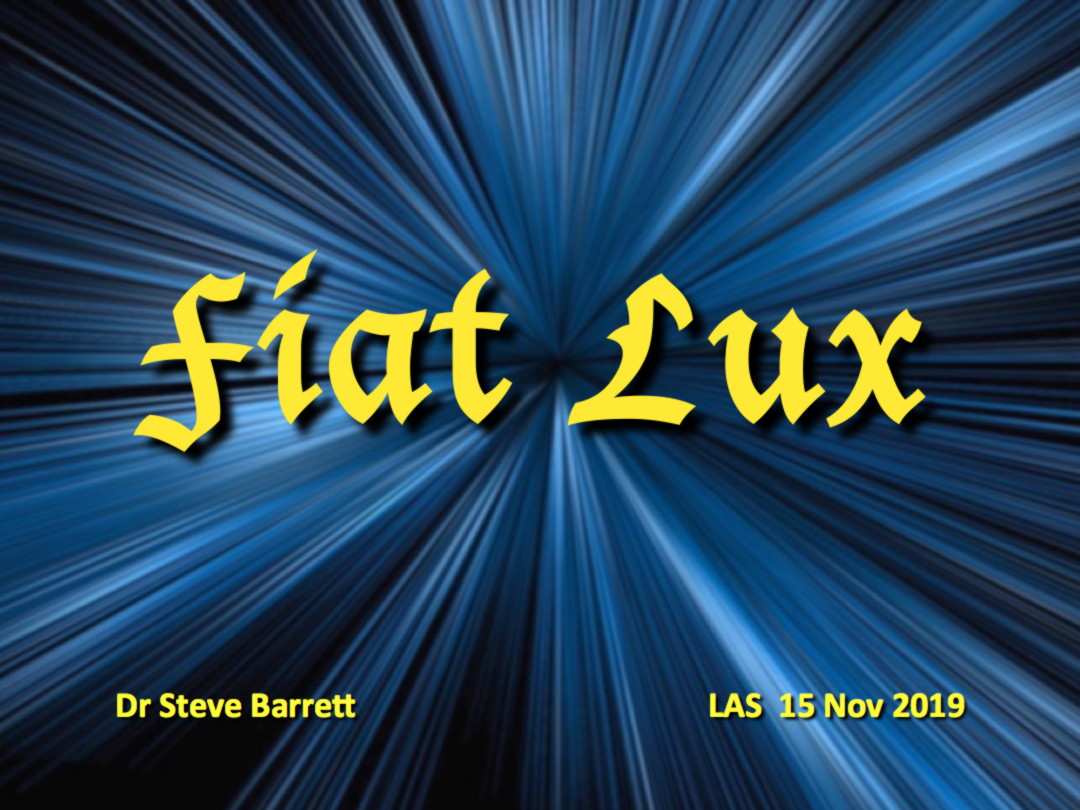 |
Fiat Lux
|
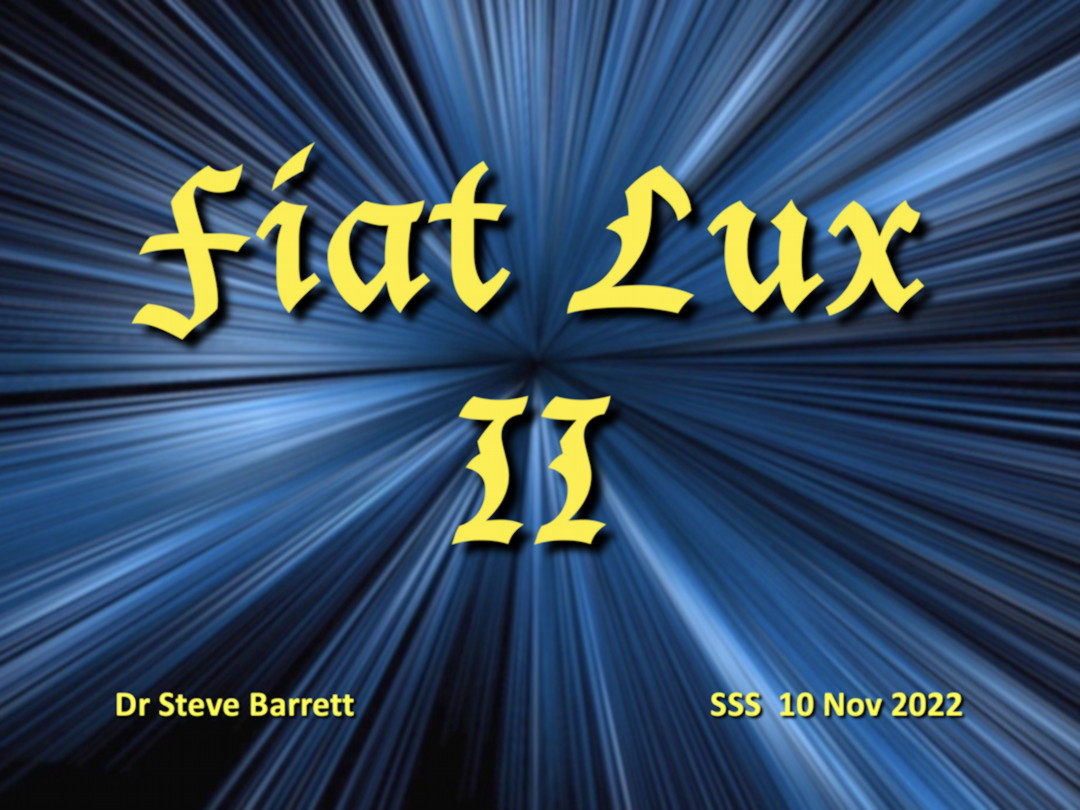 |
Fiat Lux II
|
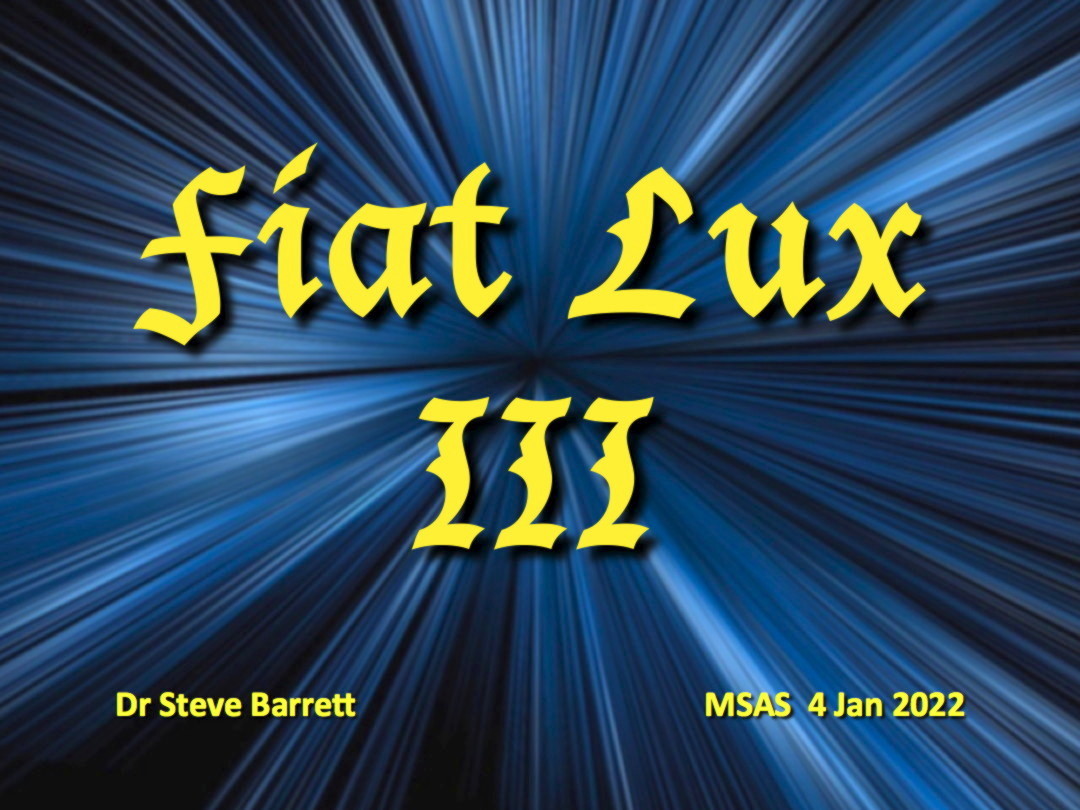 |
Fiat Lux III (aka LSST)
|
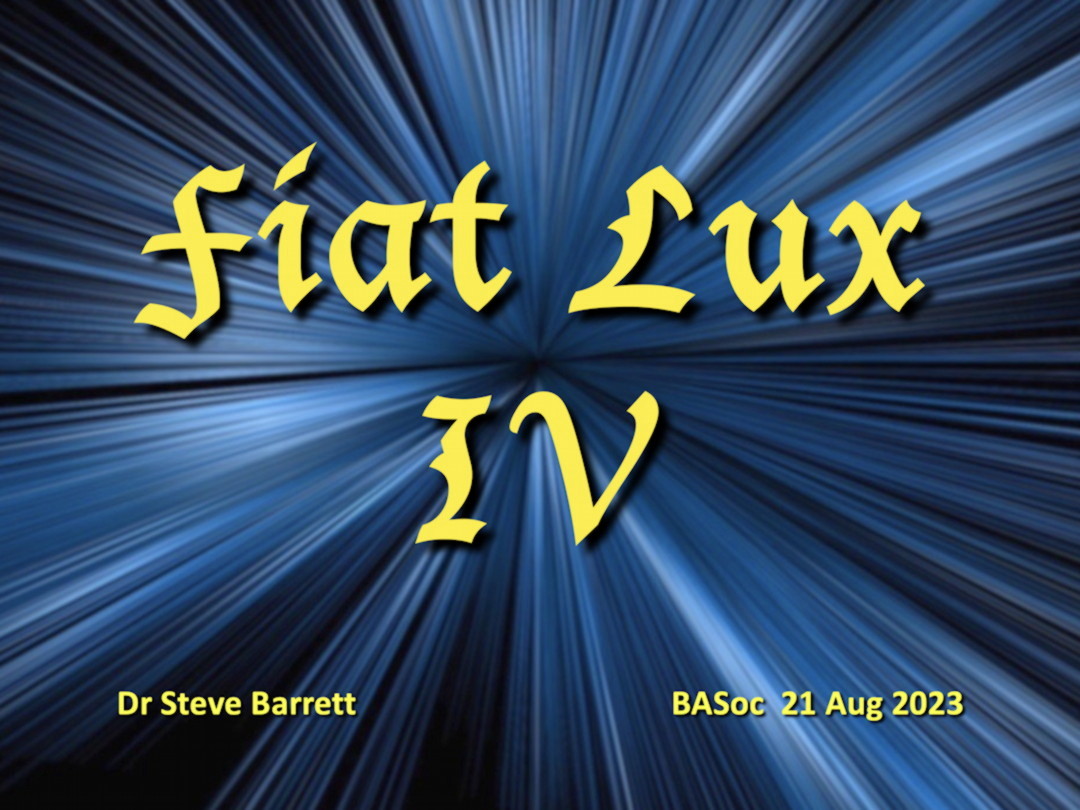 |
Fiat Lux IV (aka Colour in the Cosmos)
|
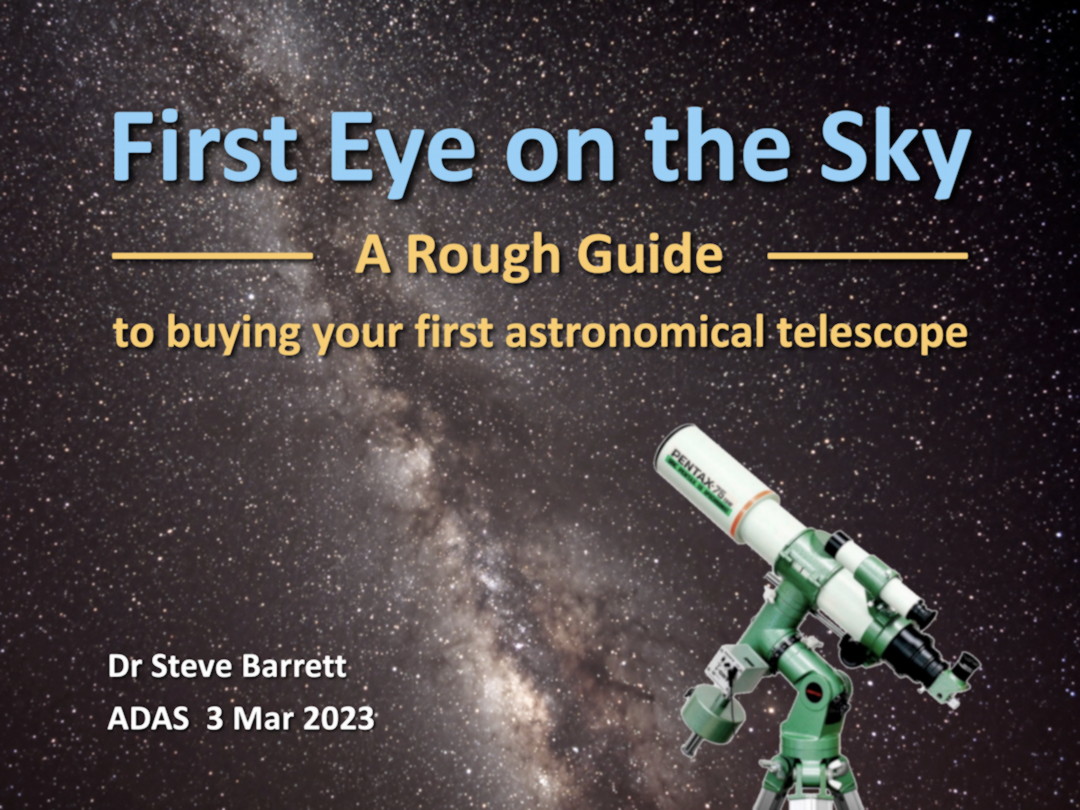 |
First Eye on the Sky *
|
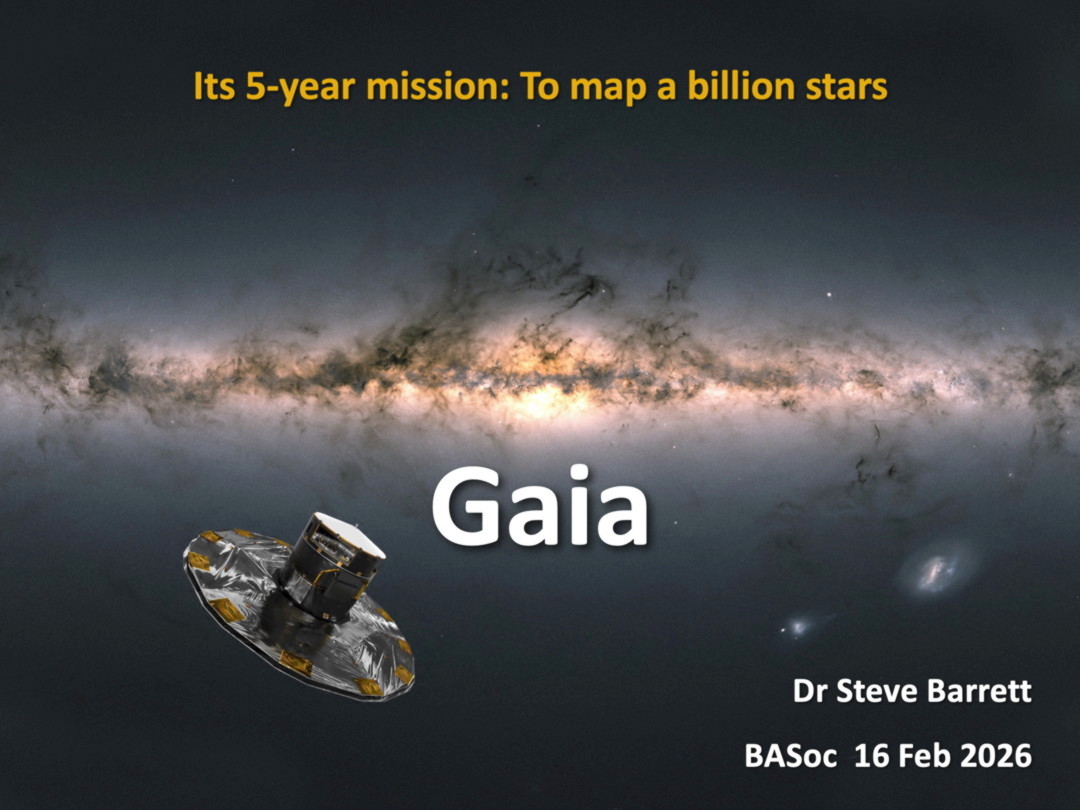 |
Gaia
|
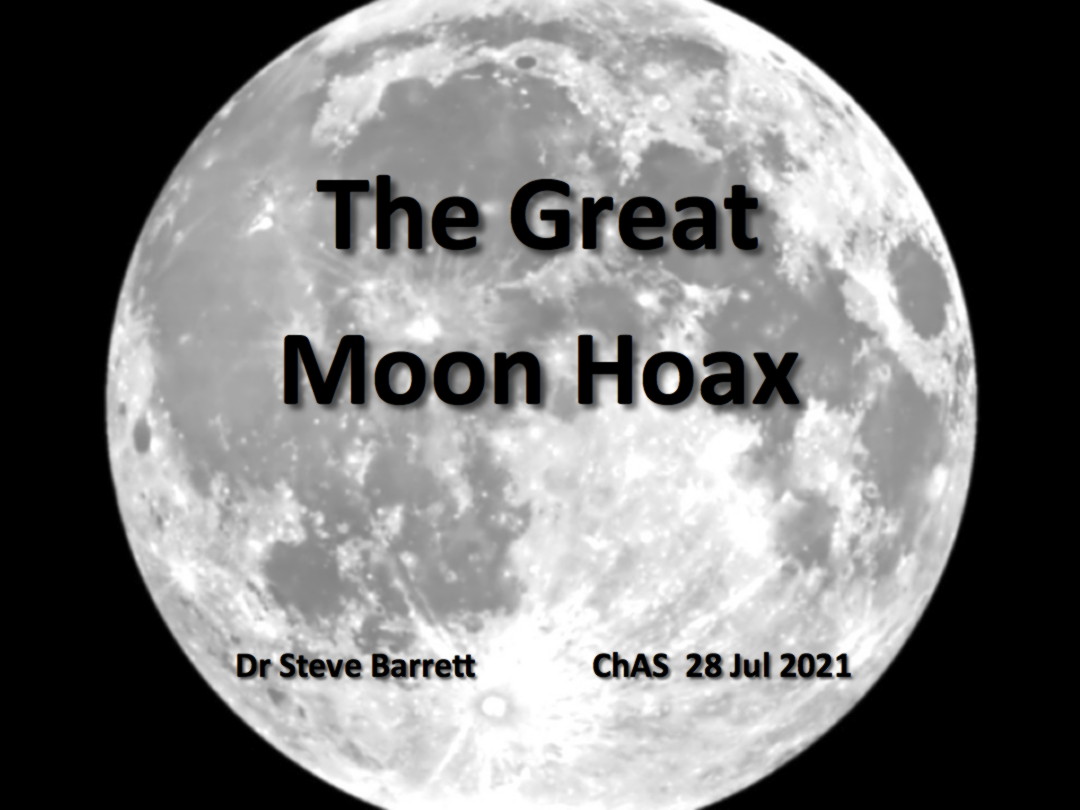 |
Great Moon Hoax
|
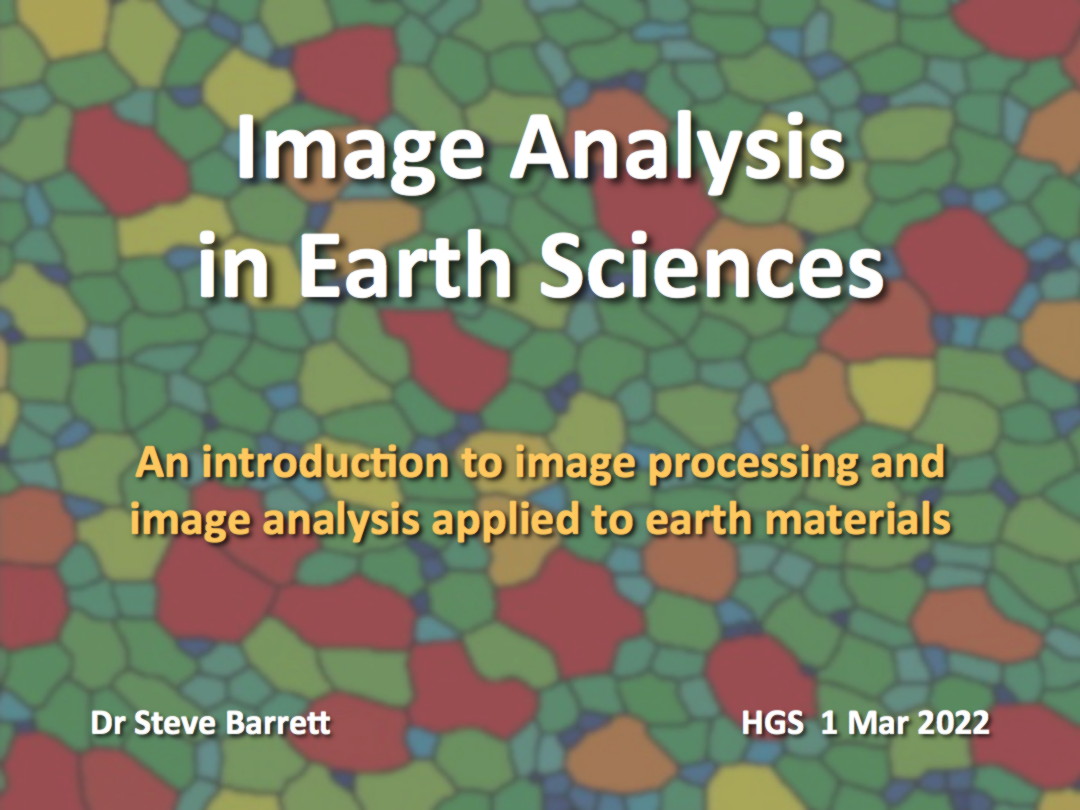 |
Image Analysis in Earth Sciences
|
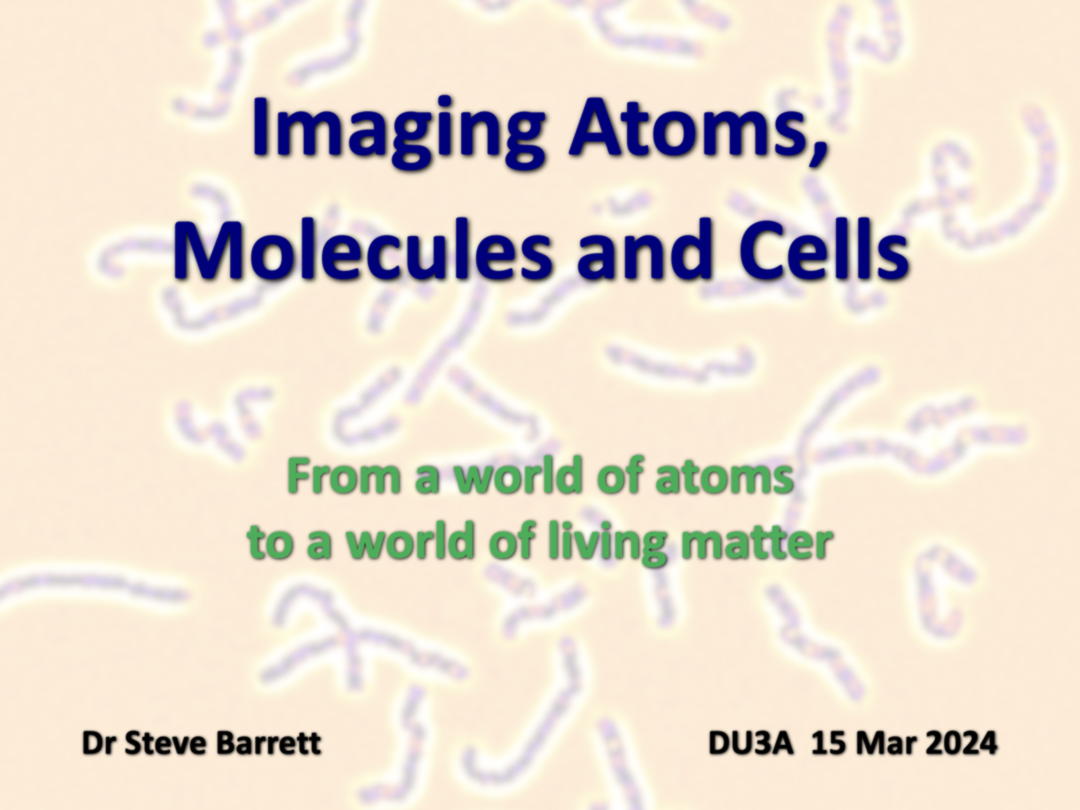 |
Imaging Atoms, Molecules and Cells
|
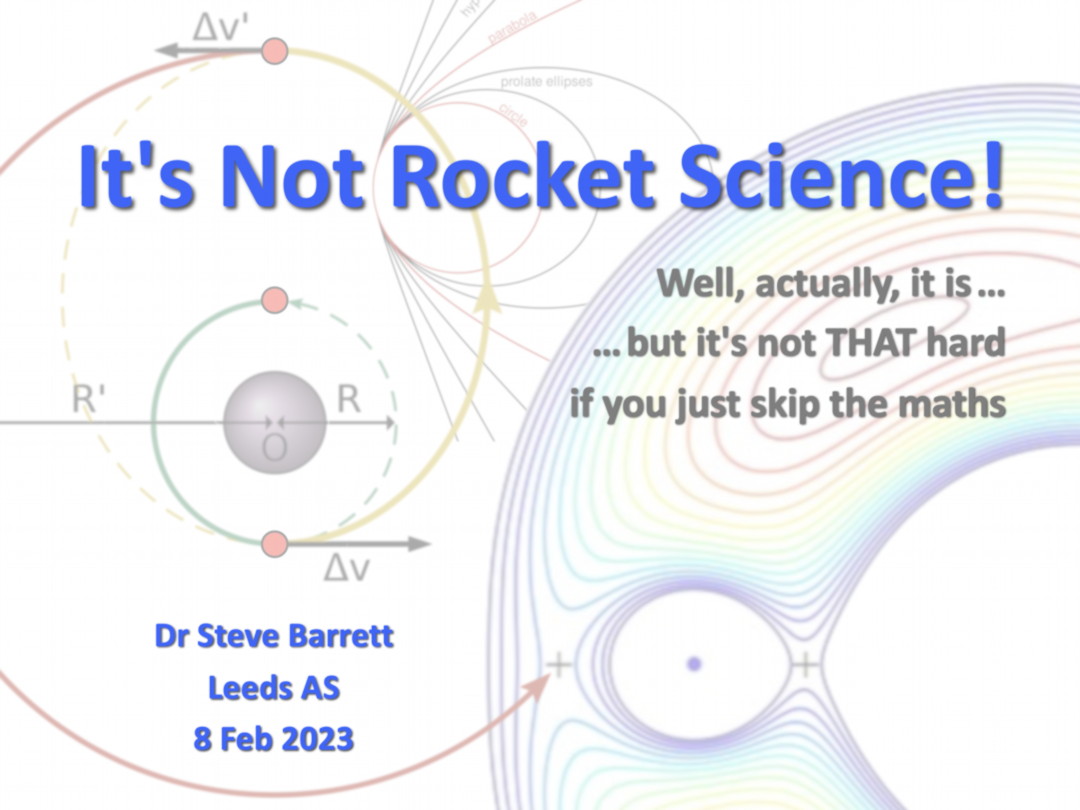 |
It's Not Rocket Science!
|
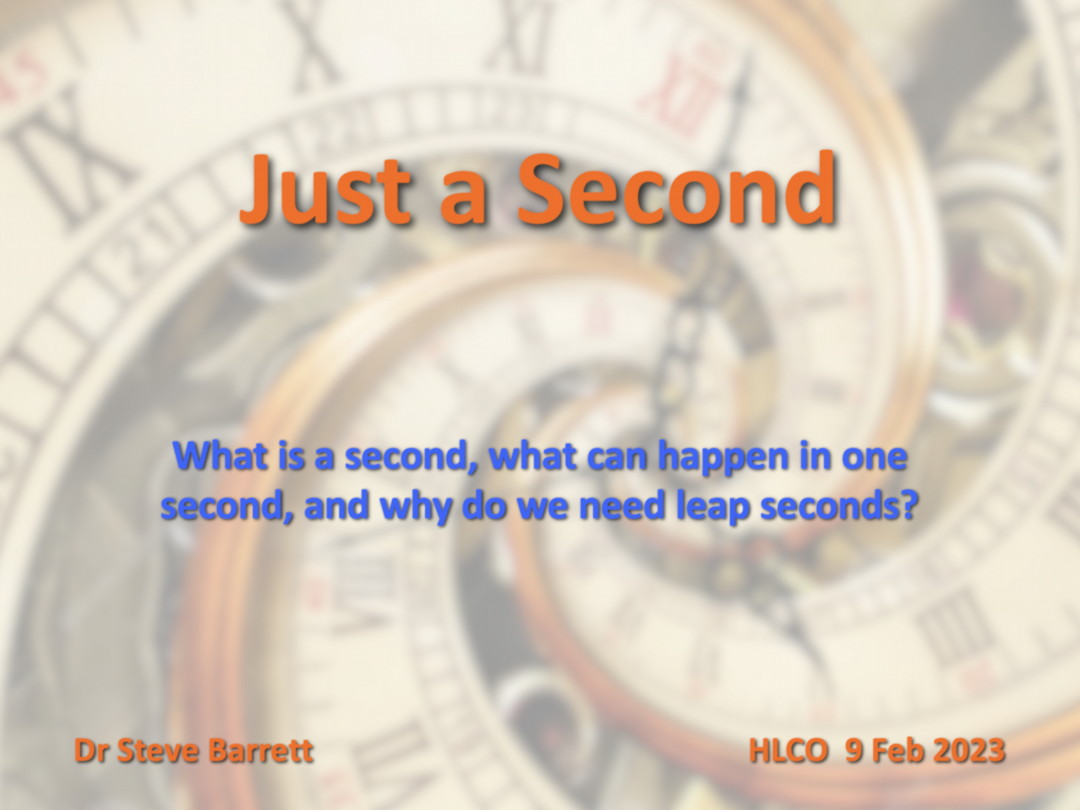 |
Just a Second *
|
 |
JWST+3 *
|
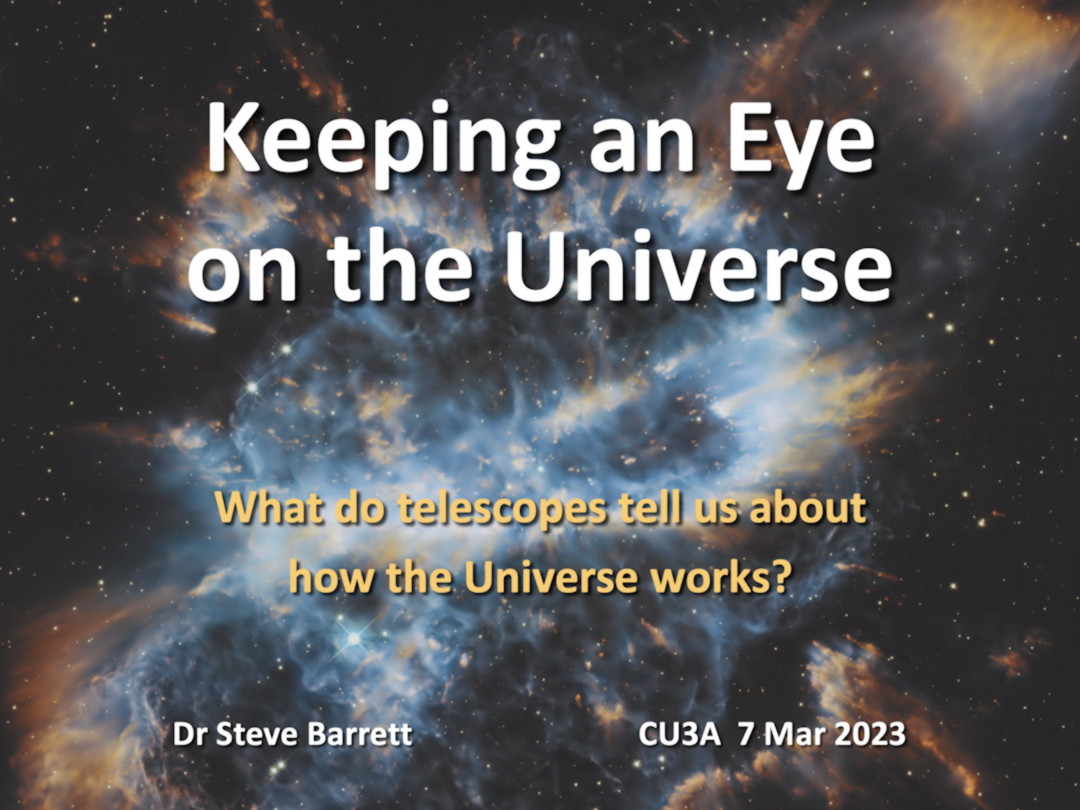 |
Keeping an Eye on the Universe
|
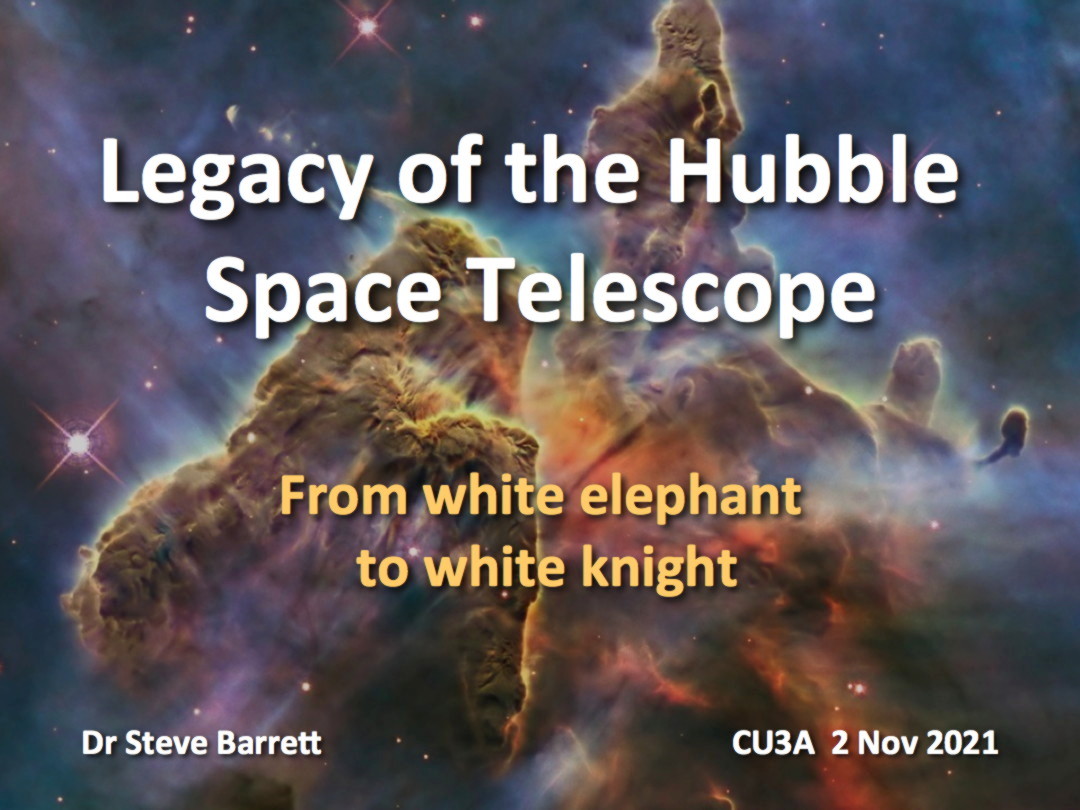 |
Legacy of the Hubble Space Telescope
|
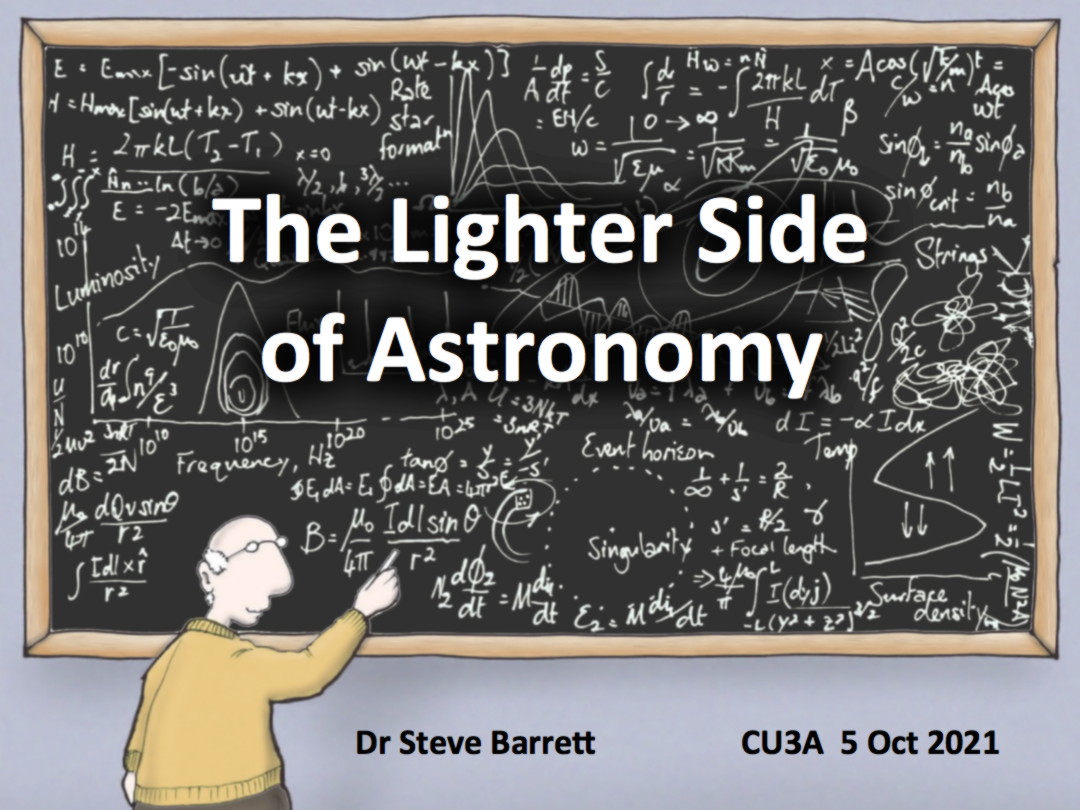 |
Lighter Side of Astronomy *
|
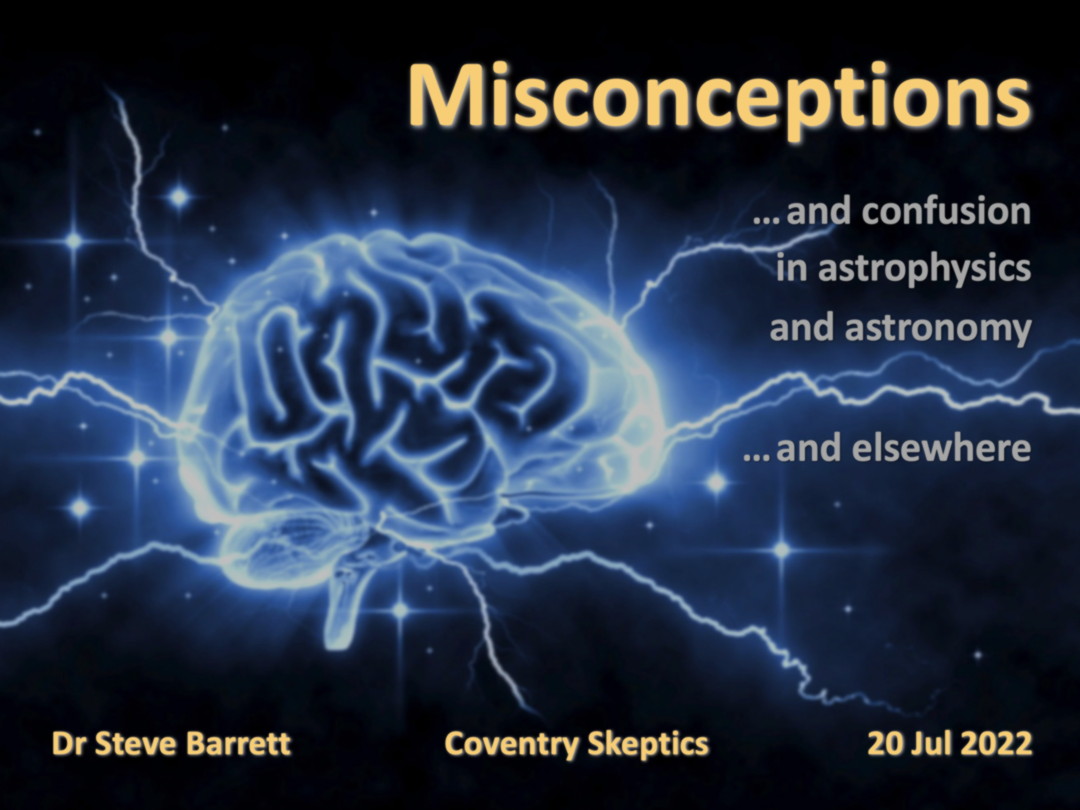 |
Misconceptions
|
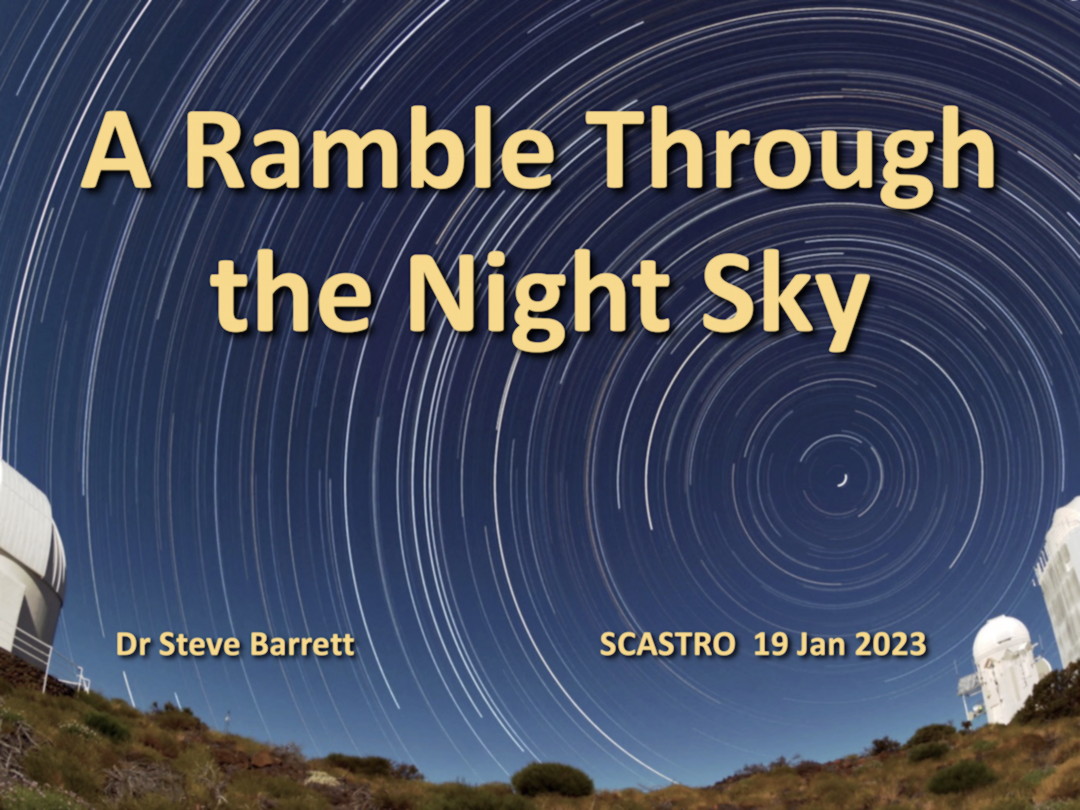 |
Ramble Through the Night Sky
|
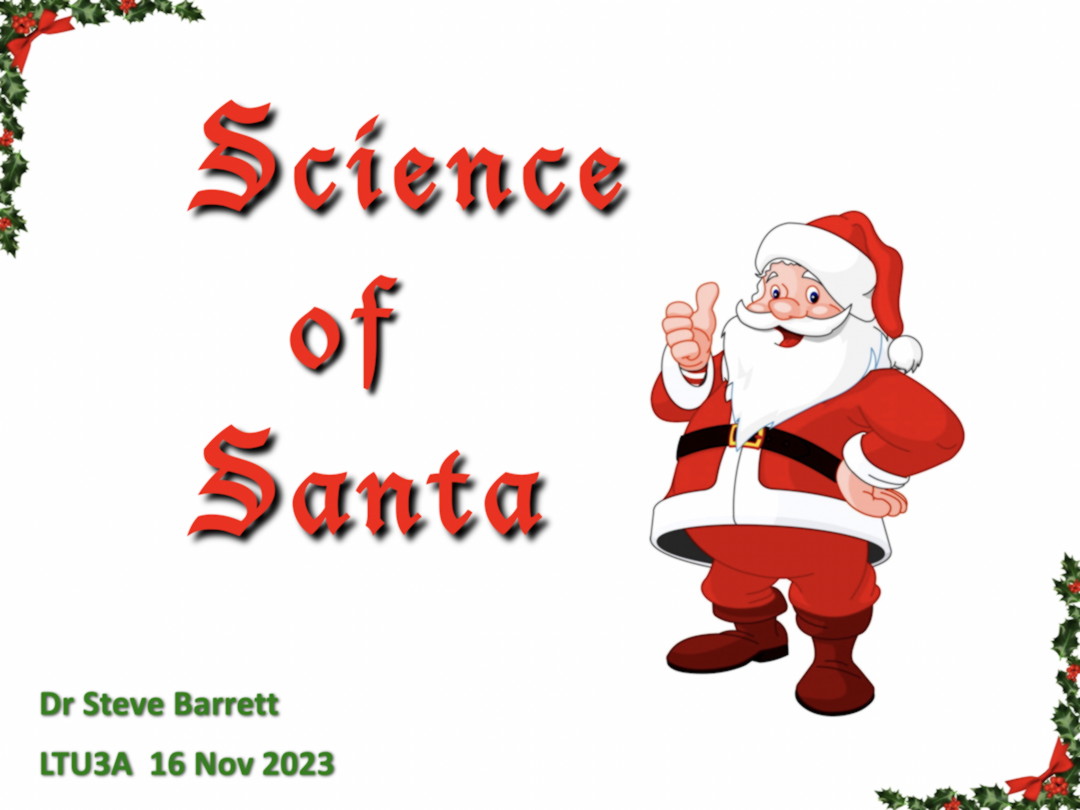 |
Science of Santa *
|
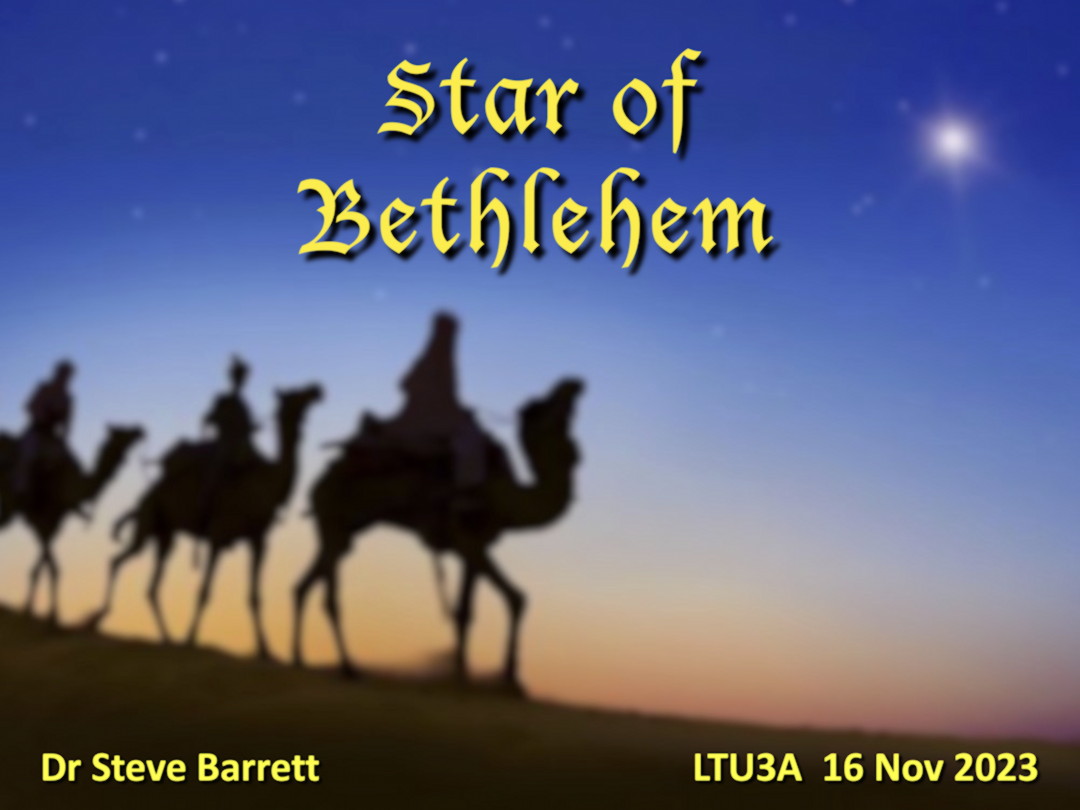 |
Star of Bethlehem *
|
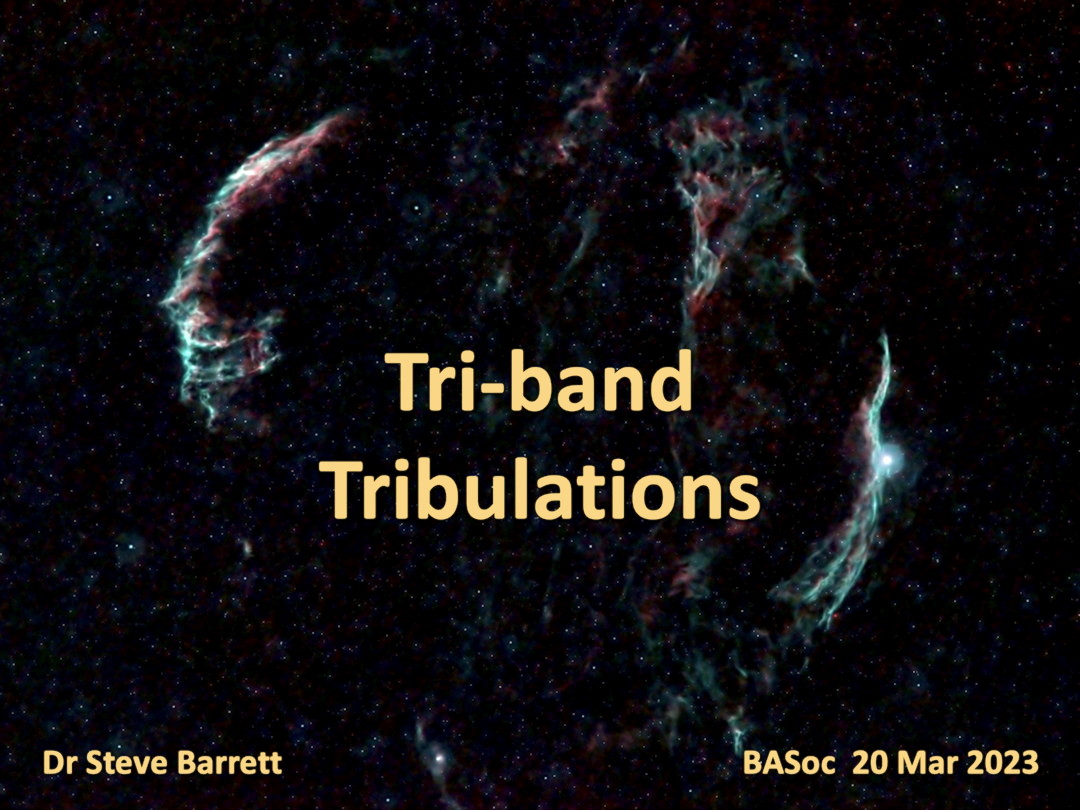 |
Tri-band Tribulations *
|
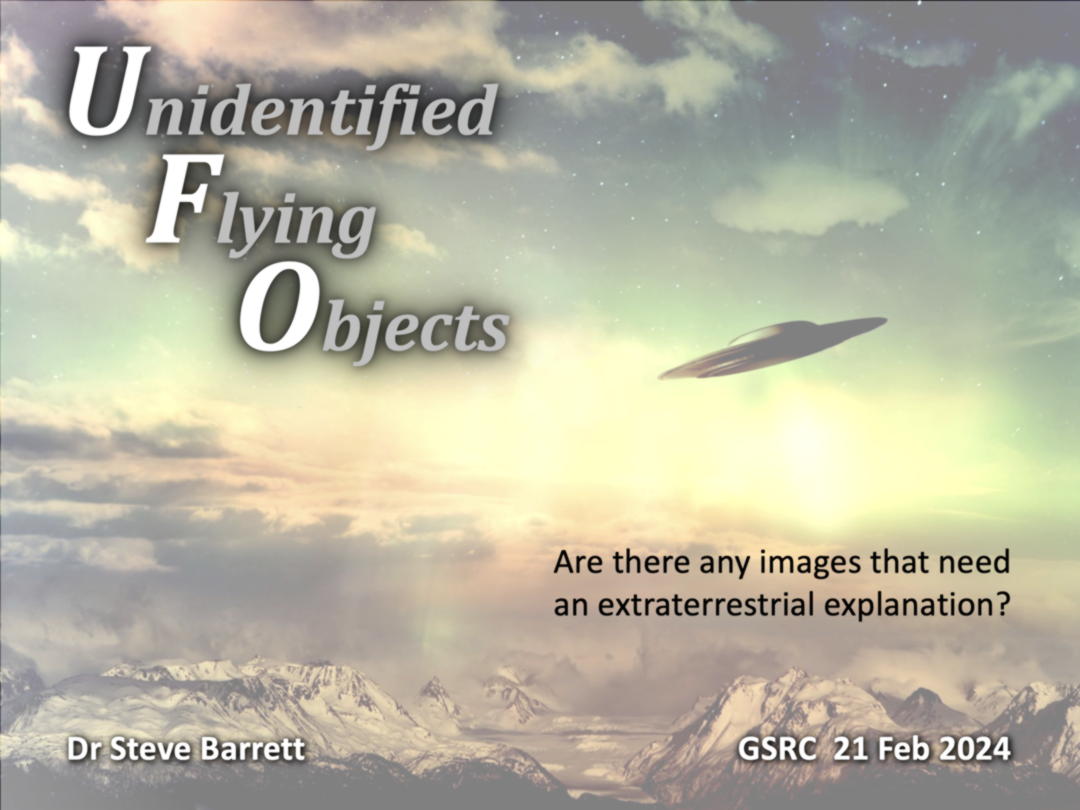 |
Unidentified Flying Objects
|
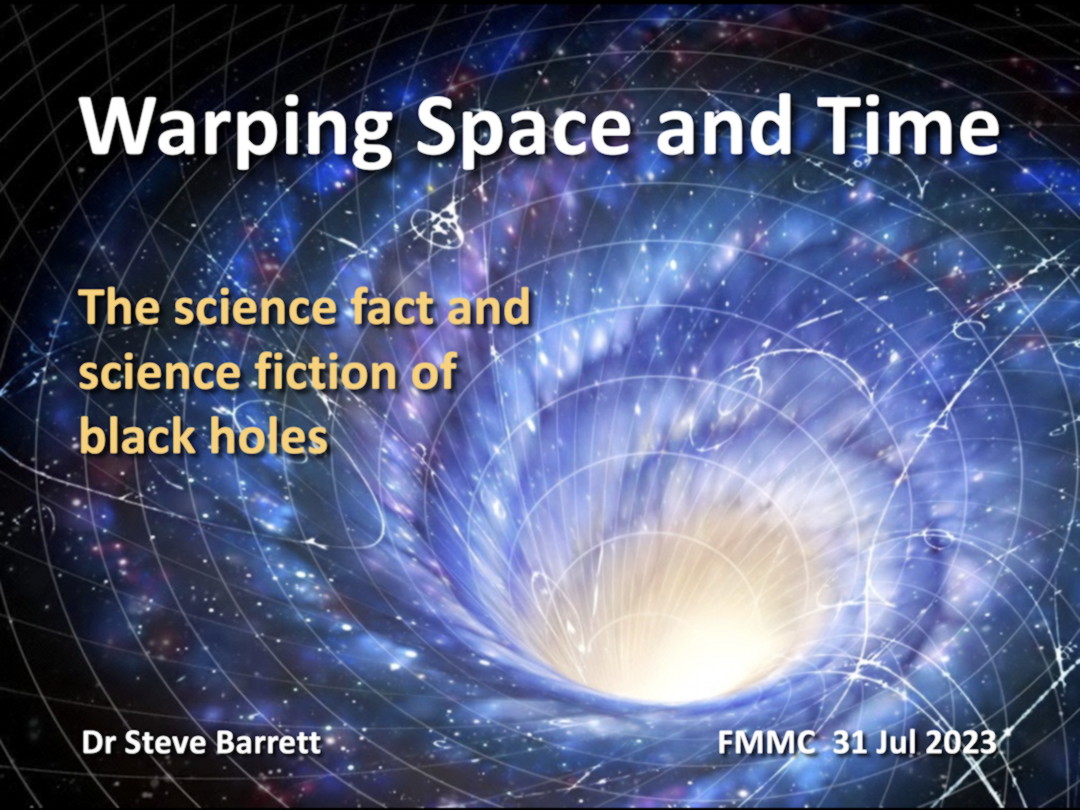 |
Warping Space and Time
|
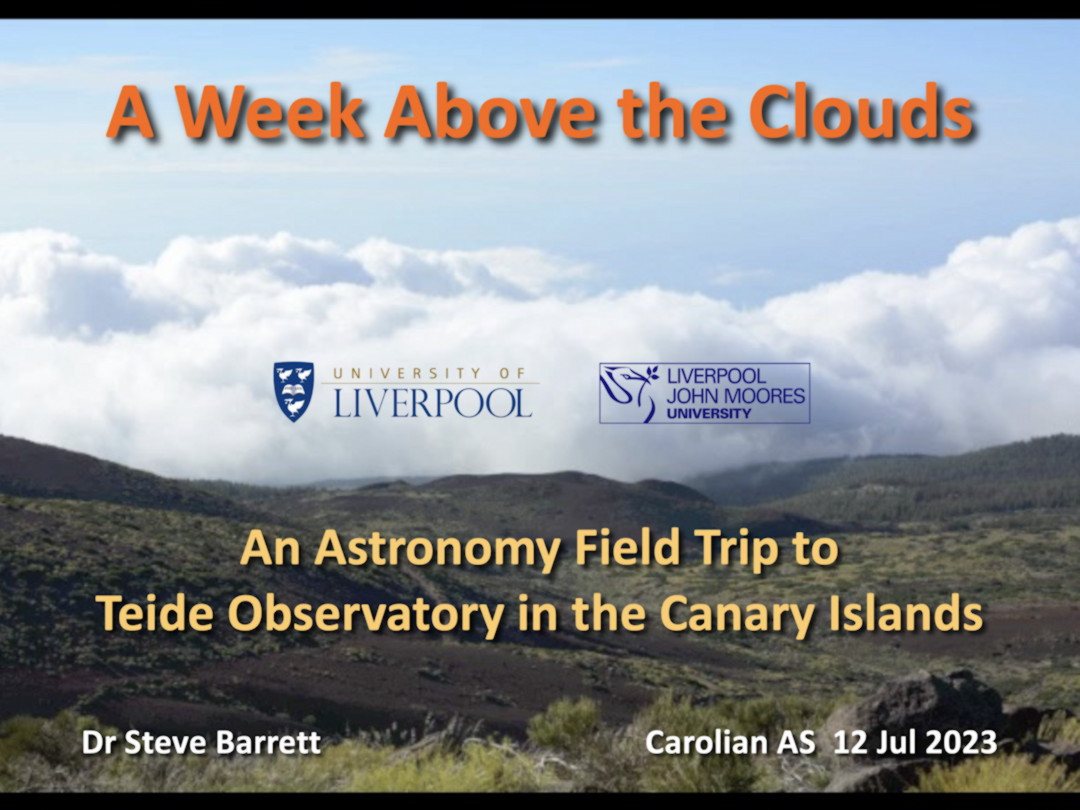 |
Week Above the Clouds *
|
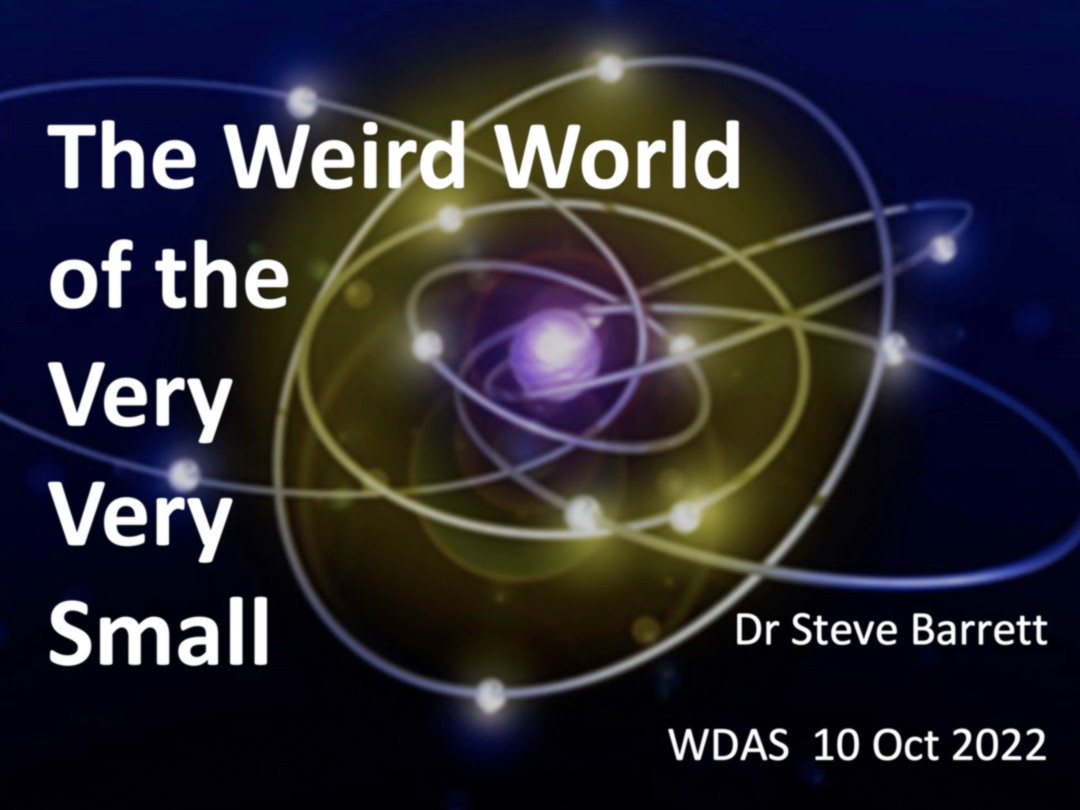 |
Weird World of the Very Very Small
|
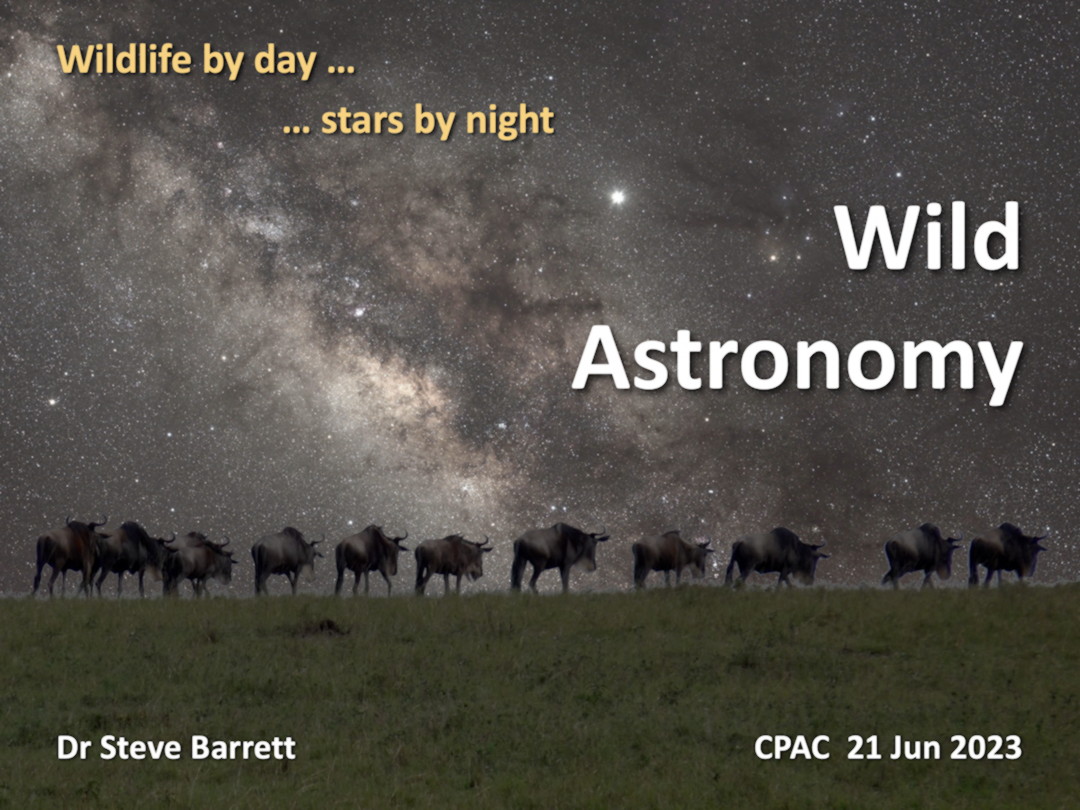 |
Wild Astronomy
|
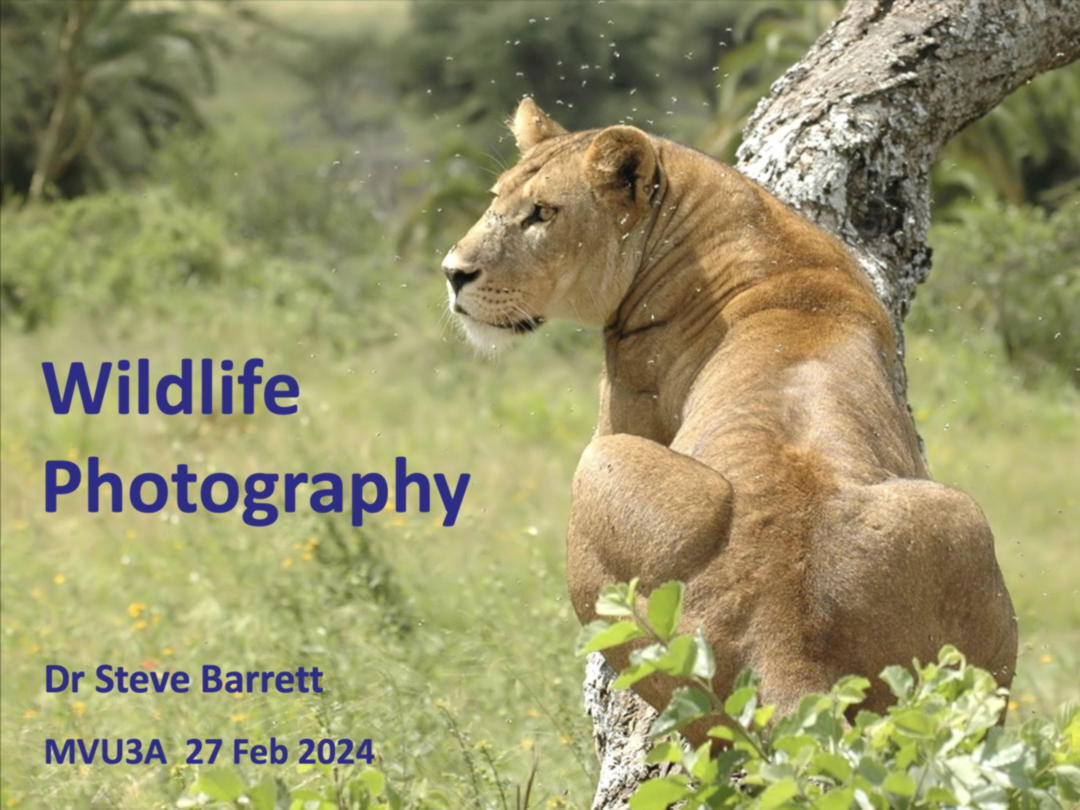 |
Wildlife Photography
|
|
Steve Barrett
November 2025 S.D.Barrett@liv.ac.uk |
those marked with a * which are about half that. Themed talks | Solar System | Fiat Lux |
Back to top PDF of this page for printing |